Aging is an inevitable and natural part of life, bringing with it various changes in both physical and mental well-being. While some aspects of aging are beyond our control, incorporating regular exercise into our routine can significantly impact our health and quality of life as we age. In this blog, we will explore exercise and aging. Moreover, the numerous benefits of exercise for older adults and provide practical tips on how to maintain health in later years.
5 Exercises to keep an aging body strong and fit:
As the body ages, maintaining strength and fitness becomes increasingly important for overall well-being. Regular exercise not only helps preserve muscle mass and bone density but also supports joint flexibility and cardiovascular health.
Here are five effective exercises to keep an aging body strong and fit and to tackle exercise and aging:
Walking:

Walking is a low-impact exercise that is easy to incorporate into daily life. It helps improve cardiovascular health, strengthen leg muscles, and maintain joint flexibility. Aim for at least 30 minutes of brisk walking most days of the week.
You can start with shorter durations and gradually increase your walking time as your stamina improves. Hence, walking as an exercise and aging helps individuals to increase endurance.
Strength Training:
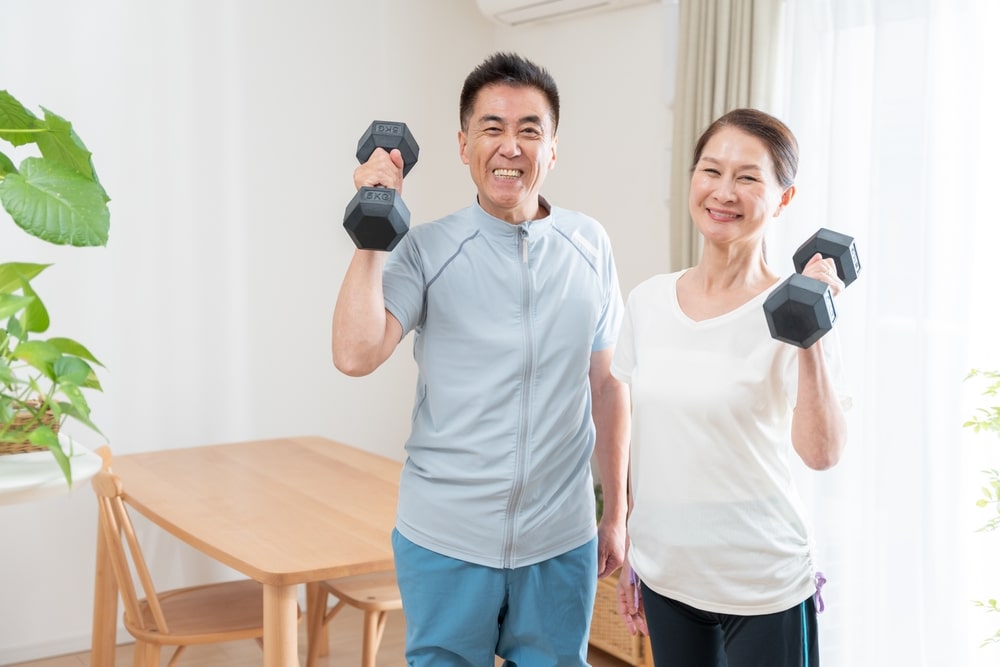
Incorporating strength training exercises is crucial for maintaining muscle mass and bone density, both of which tend to decline with age. Focus on exercises that target major muscle groups, including the chest, back, legs, and arms.
Bodyweight exercises such as squats, lunges, push-ups, and chair dips can be effective. Alternatively, you can use resistance bands or light weights to add resistance and gradually increase the challenge.
Yoga:
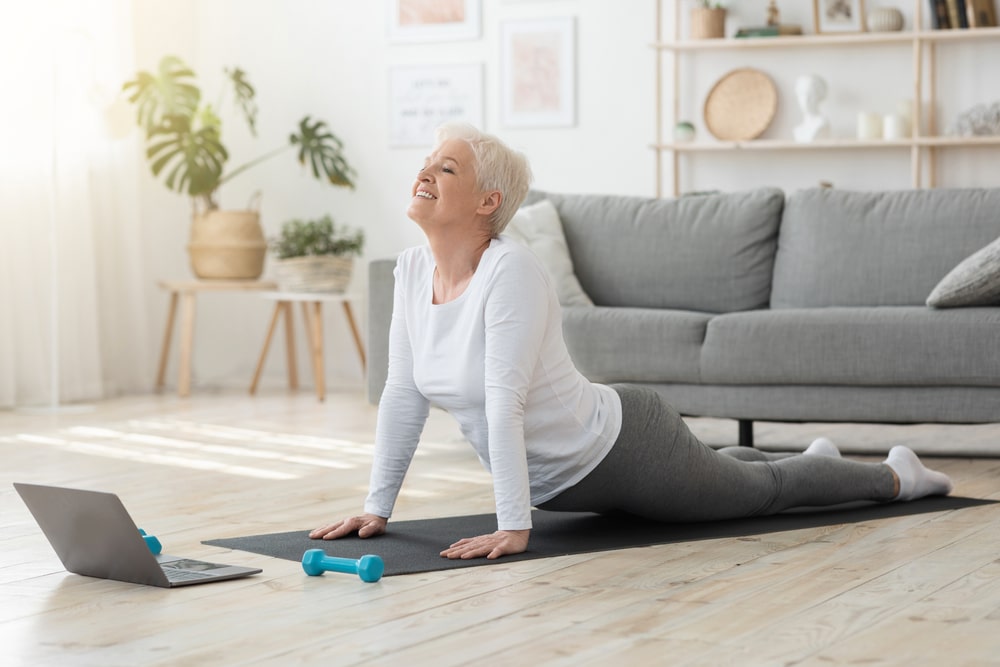
Yoga is an excellent choice for older adults as it combines strength, flexibility, and balance exercises. Many yoga poses can be modified to suit individual fitness levels and abilities.
Regular practice can improve posture, enhance flexibility, and promote relaxation. Look for classes specifically designed for seniors or beginners, and always inform your instructor about any pre-existing health conditions.
Swimming:

Swimming is a low-impact, joint-friendly exercise that provides a full-body workout. It’s especially beneficial for individuals with arthritis or joint pain. Swimming helps improve cardiovascular fitness, build muscle strength, and enhance flexibility.
Consider joining water aerobics classes or simply enjoy swimming laps in a pool. The buoyancy of the water reduces stress on the joints while providing resistance for muscle engagement.
Balance Exercises:
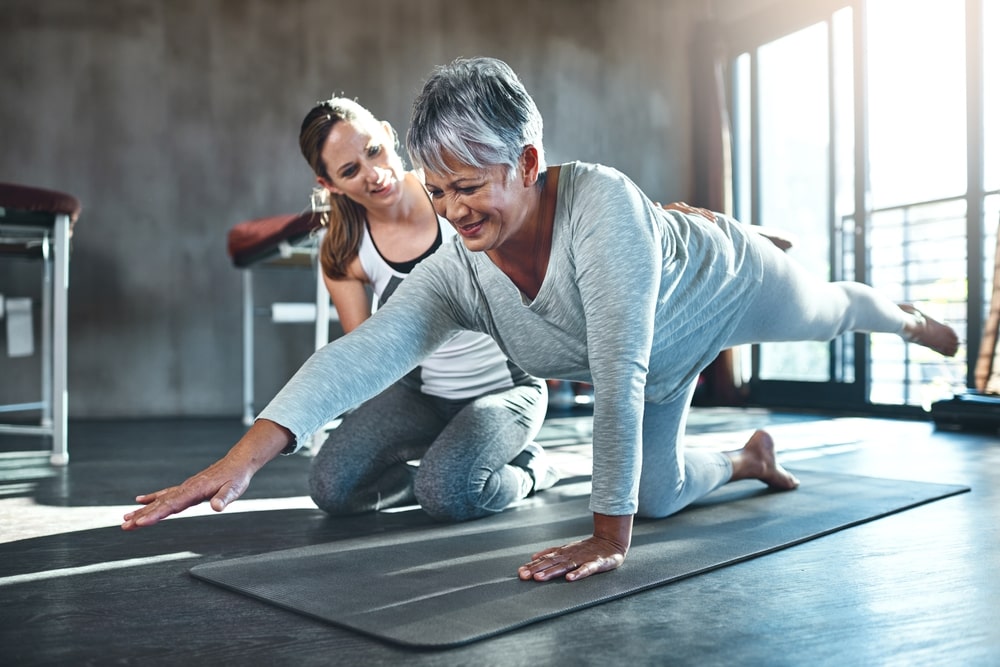
Maintaining good balance is essential for preventing falls, which become more common as we age. Simple balance exercises can be incorporated into your routine to enhance stability.
Stand on one leg while holding onto a sturdy surface, such as a countertop, for support. As you progress, try doing it without support. Tai Chi, a gentle martial art, is another excellent option for improving balance and promoting relaxation.
Anti-aging Diet:

Here are some key principles for an anti-aging diet and exercise routine:
- Rich in Antioxidants: Include a variety of fruits and vegetables in your diet, as they are rich in antioxidants. Antioxidants help combat oxidative stress, which contributes to aging and various age-related diseases.
- Omega-3 Fatty Acids: Incorporate sources of omega-3 fatty acids, such as fatty fish (salmon, mackerel, sardines), flaxseeds, and walnuts. Omega-3s support brain health, reduce inflammation, and may have anti-aging effects.
- Lean Proteins: Choose lean protein sources like poultry, fish, beans, and legumes. Protein is crucial for maintaining muscle mass, which tends to decline with age.
- Whole Grains: Opt for whole grains like brown rice, quinoa, and whole wheat bread. These provide essential nutrients and fiber, promoting digestive health and helping with weight management.
- Healthy Fats: Include sources of healthy fats, such as avocados, olive oil, and nuts. These fats support skin health, help absorb fat-soluble vitamins, and contribute to overall well-being.
- Hydration: Stay well-hydrated by drinking plenty of water throughout the day. Proper hydration is essential for skin health, joint function, and overall cellular function.
- Limit Processed Foods and Added Sugars: Minimize the consumption of processed foods and foods high in added sugars. These can contribute to inflammation and negatively impact overall health.
- Moderate Alcohol Consumption: If you consume alcohol, do so in moderation. Excessive alcohol intake can contribute to aging-related health issues, including liver damage and cognitive decline.
Benefits of Exercise and Aging:
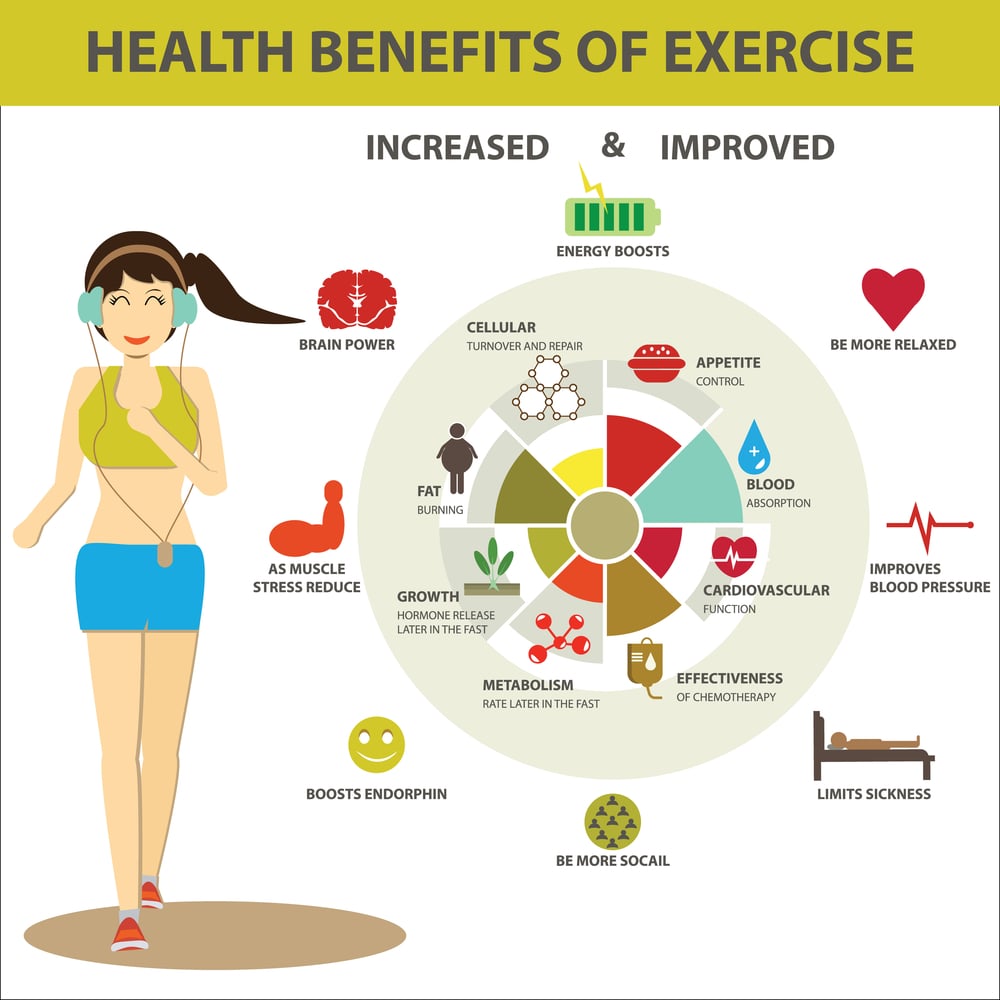
Here are several benefits of regular exercise for individuals as they age:
- Maintains Muscle Mass: Aging is often associated with a natural decline in muscle mass. Regular strength training exercises help counteract this loss by promoting muscle growth and maintaining overall strength. This is vital for maintaining mobility, balance, and independence and helps exercise and aging to counteract.
- Preserve Bone Density: Osteoporosis, a condition characterized by weakened bones, becomes more common with age. Weight-bearing exercises, such as walking and resistance training, stimulate bone formation and help maintain bone density, reducing the risk of fractures.
- Improves Cardiovascular Health: Regular aerobic exercise, such as walking, swimming, or cycling, helps maintain a healthy cardiovascular system. It lowers the risk of heart disease, improves blood circulation, and contributes to better overall heart health.
- Enhances Joint Flexibility: Regular physical activity helps keep joints flexible and reduces stiffness. This is particularly important for older adults, as it can alleviate discomfort associated with arthritis and other joint conditions.
- Manages Weight and Metabolism: As metabolism tends to slow down with age, maintaining a healthy weight becomes more challenging. Regular exercise, combined with a balanced diet, helps manage weight and supports a healthy metabolism, reducing the risk of obesity conditions such as Type 2 diabetes.
- Supports Cognitive Function: Exercise has been linked to improved cognitive function and a reduced risk of cognitive decline. It promotes the release of chemicals that support the growth of new neurons, contributing to better memory, attention, and overall brain health.
- Enhances Mood and Mental Well-being: Physical activity stimulates the release of endorphins, the body’s natural mood elevators. Regular exercise has been shown to reduce symptoms of depression and anxiety, enhance overall mental well-being, and improve sleep quality.
- Promotes Better Sleep: Quality sleep becomes more critical with age, and regular exercise can contribute to better sleep patterns. However, it’s essential to avoid intense workouts close to bedtime to ensure they do not interfere with sleep.
- Boosts Immune Function: Exercise supports a healthy immune system, which is crucial for preventing illness and infections. While moderate exercise can enhance immune function, intense or prolonged exercise may have the opposite effect, so finding the right balance is key.
- Social Engagement: Participating in group exercise classes or outdoor activities provides opportunities for social interaction, reducing feelings of loneliness and isolation. Social engagement is essential for mental and emotional well-being, especially as individuals age.
In conclusion, incorporating regular exercise into one’s lifestyle is a powerful and effective way to promote overall health and well-being as the body ages. It not only helps maintain physical fitness but also contributes to mental sharpness, emotional resilience, and a higher quality of life in later years.
Always consult with healthcare professionals before starting a new exercise program, especially for those with pre-existing health conditions. Hence, Exercise and aging help to fight many problems.
Points to Ponder:
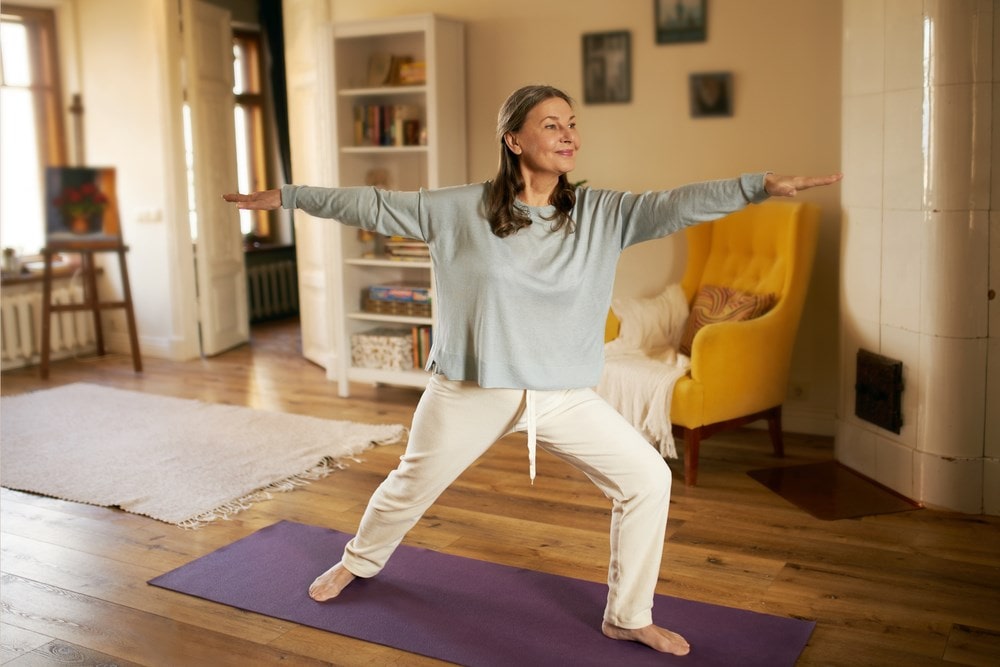
- Combination of Aerobic and Strength Training: Include both aerobic exercises (e.g., walking, jogging, and swimming) and strength training in your routine. Aerobic exercise and aging issues are solved, which in turn supports cardiovascular health, while strength training helps maintain muscle mass and bone density.
- Flexibility and Balance Exercises: Incorporate activities that improve flexibility and balance, such as yoga or Tai chi. These exercises can help prevent falls, enhance mobility, and maintain joint health.
- Interval Training: Consider incorporating interval training into your routine. Short bursts of high-intensity exercise followed by periods of lower intensity can boost metabolism and improve cardiovascular fitness.
- Consistency is Key: Aim for regular, consistent exercise. Engaging in physical activity most days of the week is ideal, but find a routine that suits your fitness level and schedule.
- Listen to Your Body: Pay attention to how your body responds to exercise. If you experience pain or discomfort, modify your routine and consult with a healthcare professional if necessary.
- Include Relaxation Exercises: Stress management is crucial for anti-aging. Include relaxation exercises such as deep breathing, meditation, or mindfulness to reduce stress and promote overall well-being.
- Stay Active throughout the Day: In addition to dedicated exercise sessions, find ways to stay active throughout the day. Take short breaks to stretch, walk, or move around, especially if you have a sedentary job.
FAQs:
What are the effects of exercise and aging on skeletal muscle?
Exercise and aging are deeply related. It helps to gain muscle strength, helps in combating age-related diseases in muscles, and better physical performance.
What are the effects of exercise on cellular and tissue aging?
Regular physical activity has been shown to positively impact cellular health by promoting mitochondrial biogenesis, which enhances energy production within cells. Additionally, exercise triggers autophagy, a cellular process that helps remove damaged components and supports overall cellular renewal. At the tissue level, exercise stimulates the release of growth factors and hormones that contribute to tissue repair and regeneration, hence exercise and aging do coexist if performed religiously.
What is the influence of exercise on brain aging and dementia?
Exercise helps to repair the tissues helps to eradicate dementia and makes the brain stronger.
How do age and exercise affect bone health and growth?
Weight training (Exercise) and the aging process are strongly related. It helps to strengthen the muscles and bones to heal and make them stronger. Hence, with aging, exercise is found to delay the aging of muscles, tissues, or bones.
How do muscles age and how can exercise slow them?
As we age, our muscles lose size and strength, leading to weakness, exhaustion, and a decreased ability to tolerate physical activity. Exercise and aging are combined and muscle loss can be stopped and even reversed with a combination of aerobic exercise, strength training, and balancing exercises.
References:
- https://www.ncoa.org/article/how-exercise-helps-you-age-well
- https://www.physio-pedia.com/Age_and_Exercise
- https://www.health.harvard.edu/staying-healthy/exercise-and-aging-can-you-walk-away-from-father-time
- https://www.webmd.com/healthy-aging/ss/slideshow-truth-about-exercise-aging
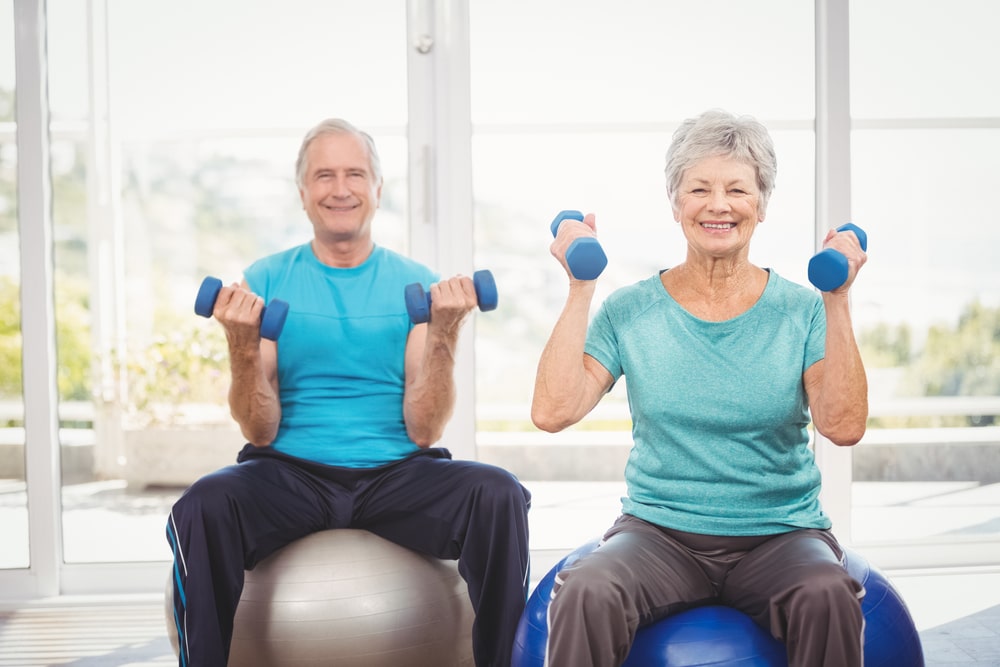
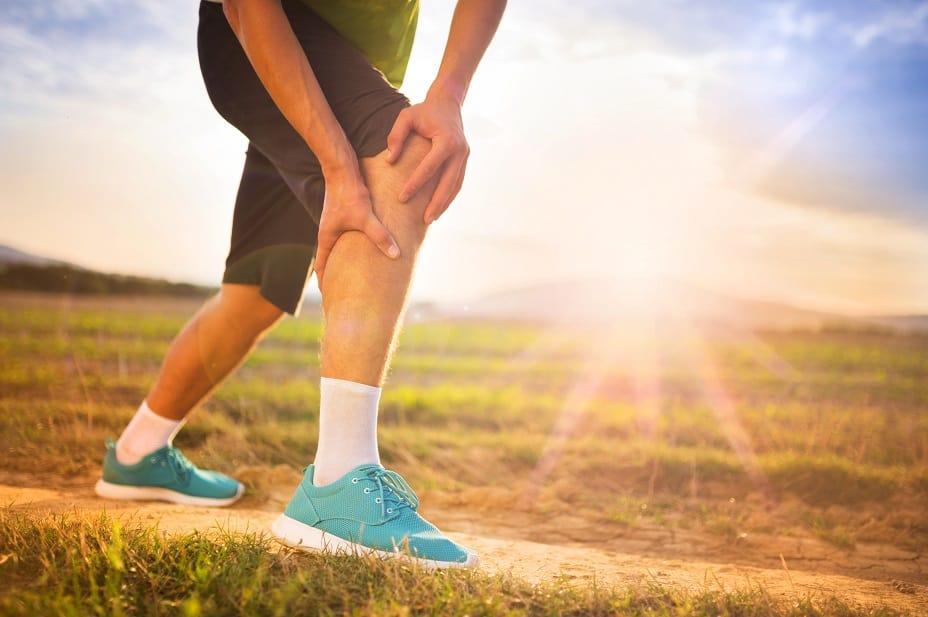

Comments are closed.